How Bringing Sheep to Chelan Valley Farms can Help Create a Regenerative Ecosystem. by Chad Steiner
We all collectively have a tremendous opportunity to evolve our food system. As growers or “farmers” we can learn and adopt regenerative practices. But why? The food we eat, the wine (Lagriōth), beer (Old Schoolhouse) or Sheffield Cider we enjoy… can all be grown and produced in a way that helps capture carbon, improves our soils AND improves human nutrition. That’s our goal. More simply stated – our farm is on a path to become regenerative organic and animals are a vital part of that ecosystem. Be patient and join our journey. You can help by learning about regenerative farming practices (the Regenerative Organic Alliance is a great resource).
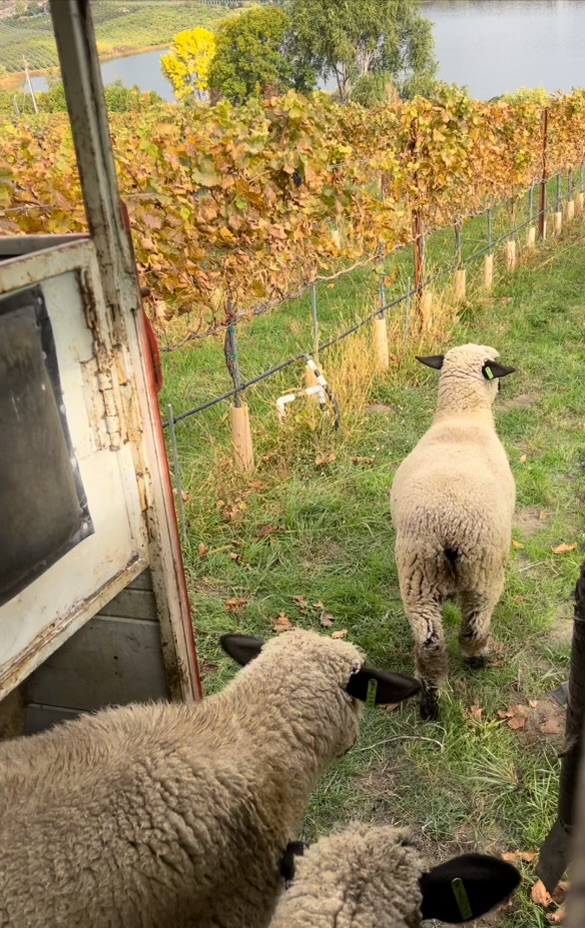
Caption: Our Hampshire Sheep’s first venture into the vineyard this fall.
In 2023 we made some big steps and learned a lot. We brought 7 sheep to the farm – thanks to help from the Tilth Alliance’s grant. This brings our farm animals to 7 sheep, 80 chickens, 7 ducks, 3 farm dogs and 5 cats (and recently some predators – thank you LGD’s). Sheep and chickens are the animals we’re starting with on the regenerative journey. This year also marked our first year using all organic applications in our apples and wine grapes. And, big news, we passed our Sustainable WA audit (thanks Emma McLaren for your leadership here). The next step is for us to apply for Organic Certification. Then on to Regenerative Organic Certification (maybe 2027 or 2028). We’re a small team here – so this will all take some time. But rest assured – we feel like this is all coming together and connecting many parts of our background.
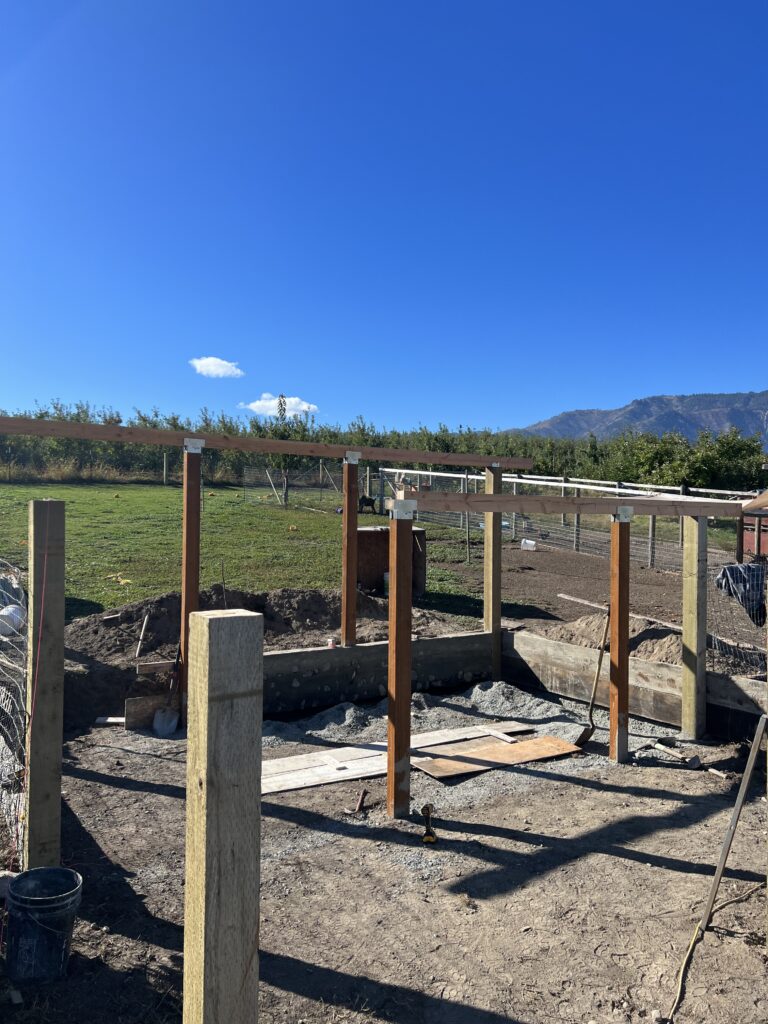
Caption: The new “Sheep Condo” as we’ve been calling it is under construction. This 200 sq ft luxury accommodation boasts a shed roof, shelter from snow and space for lambing in 2025.
I’ve kind of summarized “some” of the why we’re raising sheep. The focus is to become regenerative. We can’t effectively create a regenerative ecosystem without bringing animals to the farm. What animals we bring to the farm is purpose driven (sheep can graze in the vineyard after harvest as you’ll see if you visit the farm). And for Jeana and I it’s also connected to our roots – we both raised sheep multiple years in FFA. Our High School Ag Teacher Mr. Pile was an inspiration then and continues to be an inspiration now as he teaches us to become shepherds. Since retirement his passion project has been continuing to raise sheep. He nudged us a few times – “hey, Chad and Jeana, sheep would be a great fit in your farm”. Then this past spring we made the leap (no pun intended) and purchased sheep from him. We started with 3, then added 4 more. Jeana and I both love animals and have many fond memories raising lambs for sale in High School. Our hope is to provide local FFA and 4H kiddos with that same opportunity by offering lambs for sale the spring of 2025. Mr. Pile already has a prize-winning ram lined up for us. In the meantime – we’re learning how to properly care for the sheep and move them around the farm.
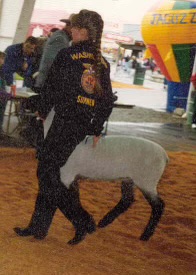
Caption: Jeana showing her market lamb in High School at Sumner.
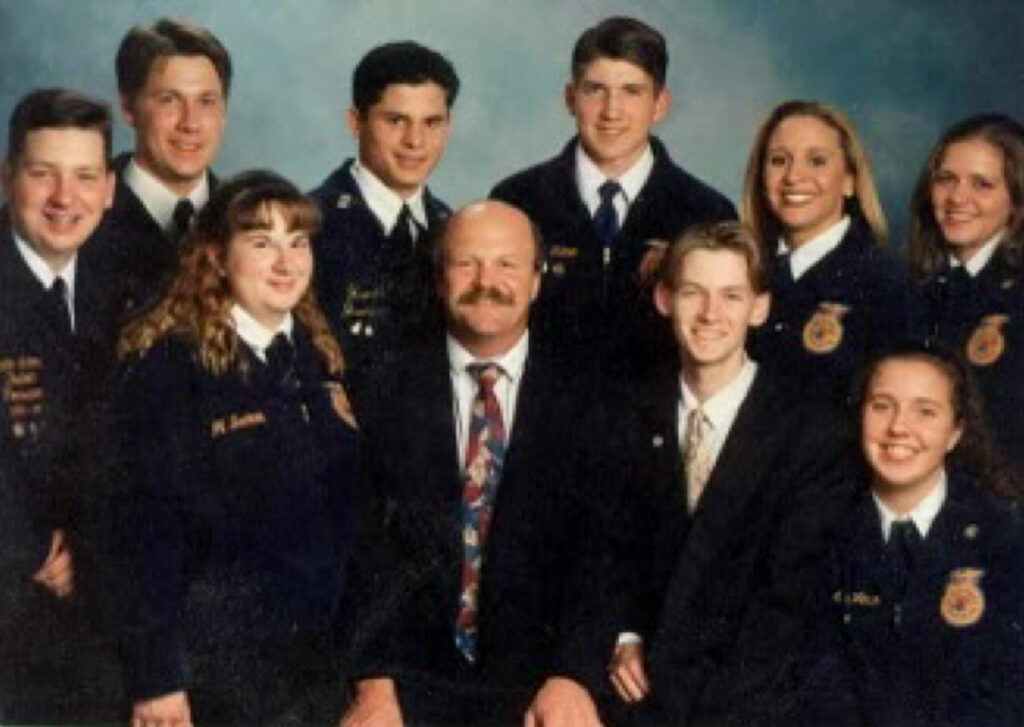
Caption: Chad, Top row, 4th from the right with his Senior FFA class and Mr. Pile (center with colorful tie).
You may still find yourself asking – but how do the sheep benefit the farm ecosystem?? Great question. I’ll describe a few of the benefits as best I can, but also consider – we’re still learning. For one, sheep can help us control vegetation or weeds. Since we’re no longer using herbicides in our wine grapes or apples, this vegetation has become food for the sheep. We turned what was a weed into feed. As the sheep move through the farm, they’re also pooping. And since they’re a ruminant animal (4 stomachs), this poop is amazing fertilizer and fuel for the biology of the soil. Imagine that a handful of soil has an insane number of species and life in it. That life in the soil loves manure. Something happened this past week I haven’t seen before – after a heavy rain, we had earth worms crawling all over the driveway. Maybe I just hadn’t noticed it, but it was really nice to see. Which brings to mind another benefit of the sheeps poop – organic matter. Building organic matter in soil has many benefits. Getting a baseline of where we’re at and measuring our improvements is important. I just finished reading Gabe Brown’s book – Dirt to Soil and he’s been able to bring their farms organic matter to 6.9. Its thought that organic matter on the Mid-West prairie was 7.0 when the buffalo roamed… amazing accomplishment. Gabe’s book is an inspiration.
Thank you for following along. I hope this helps paint a picture of why we’ve brought sheep to the farm. We’re excited to have Mr. Pile’s help as well as other inspirations like our friends at TM Ranch – Meagan and Thiago. The top three ways we can capture carbon – #1 Our Oceans, #2 Our Forests, #3 Agriculture. Lets do this. Lets find ways to make our food healthier, improve our soils and create more of an ecosystem on the farm. Exciting times ahead for farmers. Exciting times ahead for Lagriōth Winery as its new labels will carry the “Sustainable WA” logo. And, exciting times when you visit – there’s likely to be a growing farm animal population.
Cheers,

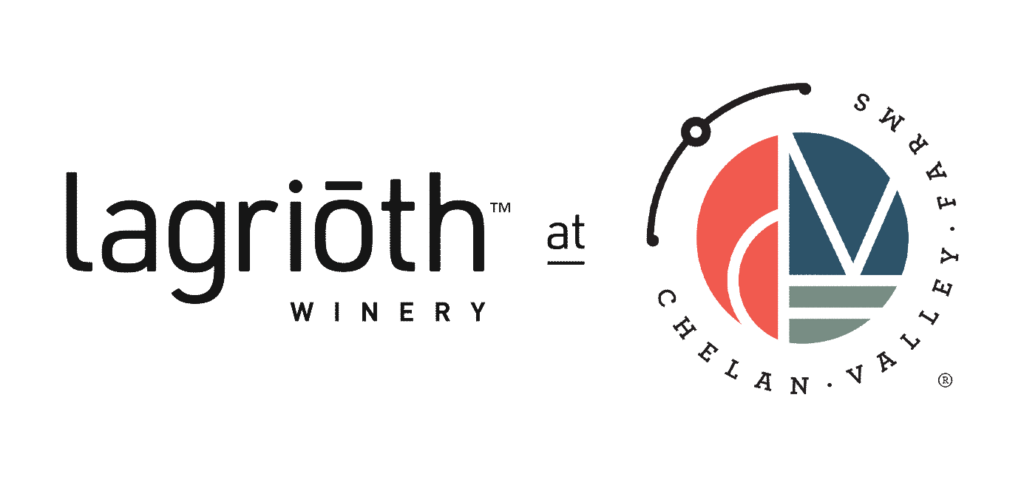

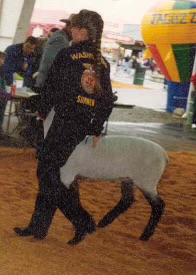

I loved seeing the sheep amongst the vines a few weeks ago!!
So glad you got to see them! We loved seeing how well it worked to have them in the vines.